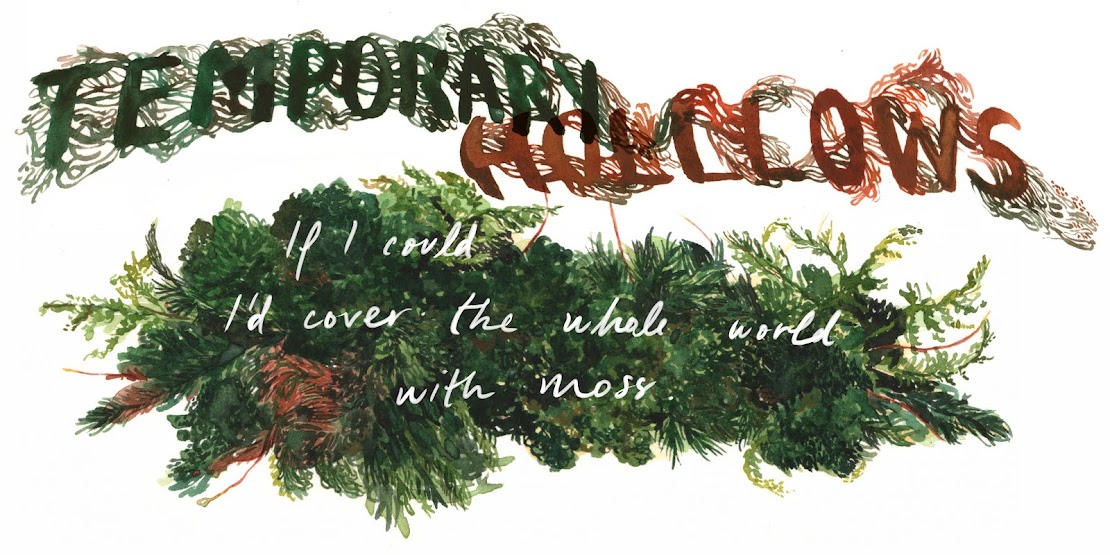My second unit at Arts University Bournemouth was entirely self-directed, though the tutors suggested we base our project around a prompt or competition. I focused on children's book illustration and the Macmillan Prize competition.
The competition brief requires a full 32-page story-board as well as a 4 final double-page spreads.
My story is entirely developed and written by myself. It is "The House of Yells."
It began with writing the story and then breaking it down into a 32-page format.
Alongside, I was practicing sketching children since their limbs and proportions behave so differently to adults.
Designing the main character was challenging, because I'm till trying to find a balance between realistic and simplistic depictions of children.
 |
I also had to make sure she wasn't creepy... which always seems to happen.
|
The story centers around Emi, a little girl living in a home with parents going through marital conflict. I chose not to depict the parents themselves, and rather implied them through their shadows and visual representations of their yells.
Since I was focused on Emi's isolation within the space of her home, this "house of yells," I needed to spend time designing the room. I have very little experience with drawing interiors and houses, and with using perspective. None of these things has ever really interested me, so this project, in part was an attempt to expand my horizons.
 |
| I made a pinterest folder for the furniture (in 2 categories intending to represent the parent's personalities) |
I also made a make-shift (very very make-shift) diorama of the room using books and boxes and jars, to take photos of it from different angles. It helped me wrap my head around the perspectives a bit.
Ultimately, a lot of the work I did designing the house and designing the room in its entirety is not shown in the final spreads of the story. So it was definitely good practice in making work that isn't visibly part of the final outcome.
Emi's coping mechanism is to listen to the characters in the picture frames on the walls. They tell her stories and she uses the worlds they describe to build a safe space for herself.
 |
| Say hello to Elsewise |
 |
| Wells and Hatch |
During the thumbnail and storyboard process, I was concerned with the use of different mediums to convey different aspects of reality. My original plan was to have the house in stark colored pencil lines, Emi in ink, the yells in pastel, the picture frame characters in ink and watercolor, and their stories in watercolor. I was planning on somehow overlaying the line drawings of the house with the watercolor of the story worlds, to demonstrate how Emi constructs this imaginary space over top of her reality.
But while the media tests might have been interesting as isolated images, they didn't seem sustainable throughout the whole story. So I scrapped the overlapping idea.
Here are some of the thumbnail spreads, with the final text placements.
 |
| p 3-4 |
 |
| p 5-6 |
Ultimately I created 5 and a half final spreads of work to submit to Macmillan, along with the rest of the story as these roughs.
 |
| p 1-2 |
 |
| p 9-10 |
 |
| p 13-14 (only the left page is the final artwork) |
 |
| p 17-18 |
 |
| p 19-20 |
 |
| p 21-22 |
This project is evidently unfinished. I am satisfied with how certain aspects of it turned out, but I need to take a break to gain some perspective (and learn how to use it). I would love to continue with it, as I'm attached to the story I wrote. However, I think I've been wrapped up in this project for too long, and some space may help resolve the issues I have with it.
I always hope that each project I work on will further my practice in some way, and this particular endeavor seems to have highlighted my strengths and weakness more accurately than others.
I definitely demonstrated an aptitude for thorough planning and concept work, but still need work on ploughing through bumps and ruts.
So we go forward.
 |
| Fin... |










































